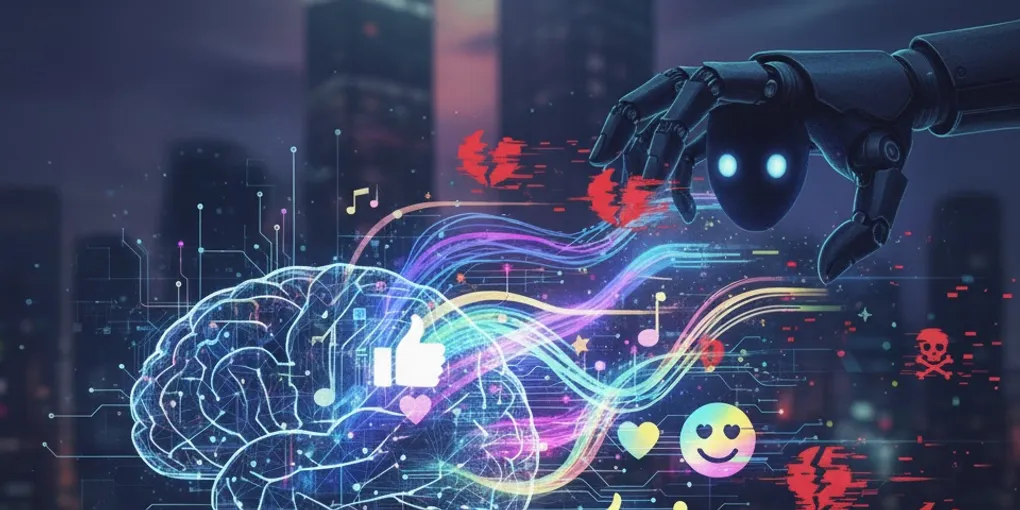
The dangers of vibe coding
In recent years, the software development landscape has been evolving rapidly, with new trends and technologies emerging at an unprecedented pace. One such trend that has gained significant attention is “vibe coding”, a term used to describe the practice of using AI-powered tools to assist in coding tasks. While vibe coding can enhance productivity and streamline workflows, it also comes with its own set of risks that developers need to be aware of.
What is Vibe Coding?
Vibe coding refers to the use of AI-driven tools and platforms that help developers write code more efficiently. These tools can generate code snippets, suggest improvements, and even automate certain tasks based on the project’s context. The idea is to leverage AI to “get into the vibe” of coding, allowing developers to focus more on higher-level problem-solving rather than repetitive work.
With the arrival of AI agents like Claude Code or GitHub copilot, vibe coding has become more accessible and popular among developers. These tools can analyze the codebase, understand the context, and go beyond simple code completion by coding entire files or modules based on high-level instructions.
The Risks of Vibe Coding
While vibe coding offers numerous benefits, it also presents several risks that developers should consider.
When you face the challenge of creating something new, one of the key elements you need to address is understanding. You need to have the bare minimum knowledge to understand what are you aiming for, what do you want to do and also how. With vibe coding sometimes these prerequisites fade out whit the promise that the deliverables of the AI agent will be good enough.
But, at least today, is not good enough.
Although I do not consider myself an apocalyptic person who warns about the end of the ear of human coding and the becoming of machine empire, I do see that AI has come to stay, and to become a central tool in our daily life. But it is no the first time we face that kind of impacting change. The invention of the wheel, the arrival of vapor industry, printing, and more recently, personal computers or smart phones. There are endless examples of technology that have been disruptive and have changed forever the way tha we relate, work or even live. And so we still here.
So leveraging AI to help us in our daily tasks is not a bad idea, but we need to be aware of the dangers that come with it.
1. Over-reliance on AI
One major risk is over-reliance. While AI tools are powerful, they are not flawless. Excessive dependence on them can erode developers’ understanding of programming fundamentals, making it harder to debug, adapt, or innovate independently. This issue is compounded when AI-generated code isn’t reviewed or tested properly.
2. Quality and Security Concerns
Another concern with vibe coding is the quality and security of the code generated by AI tools. While these tools can produce code quickly, they may not always adhere to best practices or security standards. This can lead to vulnerabilities in the codebase that could be exploited by malicious actors. Developers need to thoroughly review and test any AI-generated code to ensure it meets the necessary quality and security standards. I know prompting the AI agent to generate code that follows best practices is a good idea, but is not always enough.
3. Hallucinations and Inaccuracies
AI models sometimes produce “hallucinations”—code that looks correct but doesn’t function as intended. In some cases, feeding error outputs back into the AI can create a loop of inaccurate code suggestions. Without critical oversight, this can waste time and introduce hidden bugs into a project.
The solution: Knowledge
In plain words: We still need to know what we are doing. The most effective safeguard against these risks is knowledge. Developers must understand what they’re building, even if AI is doing part of the work. Without this foundation, asking an AI to generate code becomes little more than guesswork, and a recipe for fragile systems.
AI may add abstraction layers and automation, but developers still need to understand what happens “under the hood” and how to intervene when things go wrong. Blind trust in AI removes control, and control remains fundamental in software development.
Conclusion
Vibe coding has the potential to transform software development, boosting productivity and opening new possibilities. But it also comes with risks that cannot be ignored.
By strengthening their knowledge of core programming principles, critically reviewing AI-generated output, and balancing AI assistance with human judgment, developers can harness vibe coding responsibly—maximizing its benefits while minimizing its dangers.